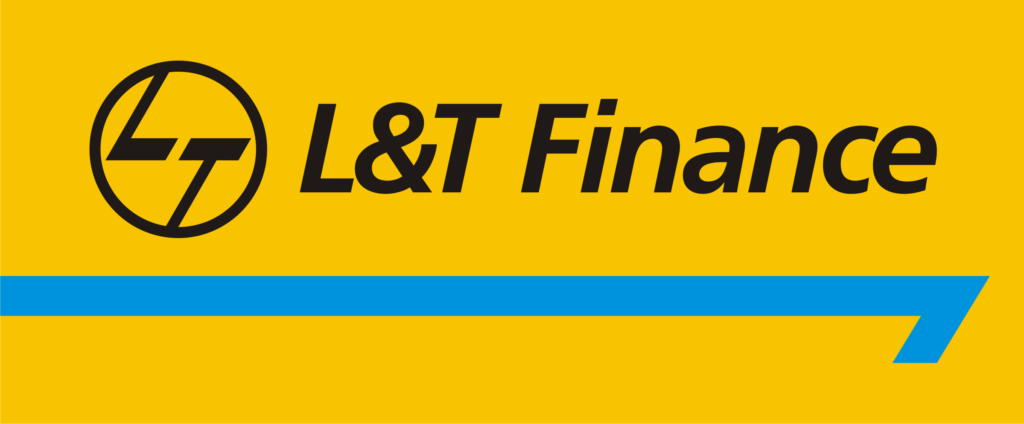Business
Agile HR Practices: Staying Nimble in a Dynamic Business Landscape
Published
5 months agoon
By
Nilesh Dange
The pivot of the HR operating model towards driving value in a volatile business environment will help organisations stay ahead of the curve
Words by Nilesh Dange
In today’s ever-evolving business environment, agility is key to staying ahead of the curve. All aspects of work viz. How work is done? Who does the work? and from Where it is done? are changing faster than ever, and HR professionals need to adapt to these new realities and challenges. The approaches of traditional HR of yesteryears no longer suffice in the face of rapid change and uncertainty. Embracing agile HR practices isn’t just a trend; it’s a necessity for gaining a competitive edge and achieving success.
Traditional HR practices, such as rigid annual cycles, top-down decision making, and one-size-fits-all solutions, are no longer sufficient to cope with today’s complexity and uncertainty. Agile HR principles and practices infuse adaptability and responsiveness into human resource management. By breaking away from rigid structures and fostering collaboration, Agile HR enables organizations to navigate complexity effectively and add tangible value to their operations.
Few principles practised in Agile HR are:
Iterative development
Agile HR follows an iterative and incremental approach to enhance existing HR processes or introduce new processes based on the need of the hour. Agile HR breaks down the processes into smaller chunks and analyses each chunk to identify areas of improvement. For example, instead of relying on rigid annual cycles, more frequent feedback loops, allowing for continuous improvement and adaptation is more value adding.
Collaboration
Fostering a culture of collaboration within HR and across the organization is central to Agile HR. Encouraging teamwork between HR professionals, business leaders, and stakeholders facilitates the co-creation of solutions that meet diverse needs and expectations.
Continuous feedback
With a customer-centric approach inspired by design thinking, Agile HR prioritizes understanding and exceeding customer expectations, irrespective of whether the customer is the employee, the manager, the business unit, or the organization as a whole. Agile HR seeks to understand the customer’s pain points, preferences, and aspirations, and deliver value that exceeds their expectations. Agile HR also solicits and incorporates customer feedback regularly and systematically, using data and metrics to measure and improve customer satisfaction.
Now, let’s discuss implementing Agile HR practices in the various processes.
Embracing Agile Recruitment Strategies
In a dynamic business landscape, agile recruitment strategies prioritize flexibility and adaptability to secure top talent efficiently.
For example, when a company is faced with sudden market shifts requiring a rapid expansion of their team, instead of relying solely on traditional hiring methods, cross-functional hiring teams can be formed to quickly identify key skills needed and adapt job descriptions accordingly. Data analytics can be leveraged to pinpoint recruitment channels with the highest success rates, thereby enabling faster access to top talent. Through agile iterations and continuous feedback, the approach can be refined, ultimately resulting in reduction of time-to-hire and securing top-tier talent for the organisation.
At L&T Finance Holdings Ltd., we faced a challenging requirement of rapidly expanding our IT engineering team. To achieve this, we opted for a non-traditional hiring approach. Collaborating with our Chief Digital Officer, we ventured into the ‘Recruitment Process Outsourcing’ (RPO) model. This process required us to engage with various partners to find the perfect match for our needs, develop a recruitment workflow together, and refine it based on feedback. We also increased our presence on college campuses and brought in interns and fresh graduates. These efforts not only fulfilled our expectations but also allowed us to build our IT engineering team in a cooperative and smooth manner.
Agile Performance Management for Continuous Growth
Shifting away from annual performance reviews, Agile HR emphasizes continuous feedback and coaching to foster employee engagement and development.
For example, instead of waiting for the annual appraisal at the end of the year, agile performance management can be implemented to enhance employee engagement and development. An agile performance management entails regular check-ins between managers and employees to discuss goals, progress, and challenges. It embraces a culture of transparency and open communication, encouraging employees to provide feedback upwards as well. This can result in a significant increase in employee satisfaction and productivity, leading to tangible business results. Organizational Agility through Cross-Functional Collaboration
In today’s interconnected world, siloed departments can hinder organizational agility. Agile HR practices promote cross-functional collaboration, breaking down barriers and fostering innovation. By implementing agile practices such as daily stand-up meetings and cross-functional project teams, a culture of collaboration and shared ownership can be nurtured and subsequently institutionalised in the organisation. This would enable them to quickly adapt to the changing requirement basis the real-time feedback from the concerned stakeholders and thereby improve customer satisfaction.
In our Micro Loan division at L&T Finance Holdings Ltd., we primarily recruit for on-the-ground roles. We noticed that new hires often did not fully appreciate the customer-facing positions they applied for. To address this, we introduced the ‘Role Appreciation Program’ in partnership with our business teams. Candidates now experience the actual roles through On-Job Training (OJT), ensuring they understand and are interested in the work before we hire them. This approach has greatly reduced early turnover, benefiting both the employees and the company. Cultivating an Agile Mindset
Ultimately, the success of agile HR practices hinges on cultivating an agile mindset throughout the organization. By encouraging employees to experiment, take risks, and embrace uncertainty, organizations can adapt and thrive in even the most dynamic business landscapes. In conclusion, agile HR practices are not merely buzzwords but a strategic imperative for organizations looking to thrive in today’s fast-paced world. Implementing Agile HR is a journey that requires commitment, experimentation, and adaptation. Some steps that can help in this journey are starting small, learning from others, and involving stakeholders. By embracing agile recruitment strategies, implementing agile performance management, fostering cross-functional collaboration, and cultivating an agile mindset, organizations can stay nimble and responsive to change, driving sustainable growth and success in the dynamic business landscape of the 21st century.

The author of this article is Mr. Nilesh Dange, Chief Human Resources Officer, L&T Finance Holdings Ltd.
Views expressed in this article are personal.


